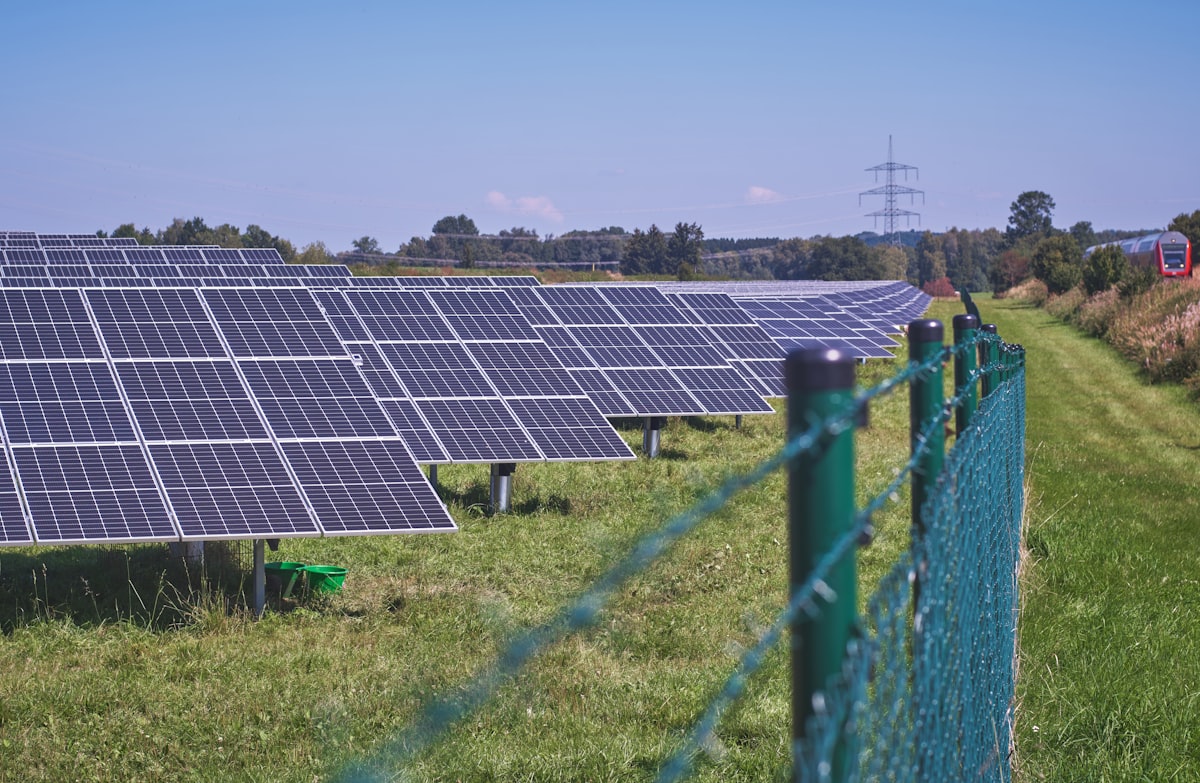Bioenergy systems have gained significant attention as a sustainable and renewable energy source in recent years. This article aims to provide a detailed report on bioenergy systems, their significance, types, and potential applications. By delving into the various aspects of bioenergy, we will uncover the benefits, challenges, and future prospects of this environmentally friendly energy solution.
What is Bioenergy?
Bioenergy refers to the energy derived from organic materials, known as biomass, that have been recently harvested or grown. Biomass can include various biological resources such as plants, crops, wood, organic waste, and agricultural residues. Bioenergy systems convert these biomass sources into usable energy, providing an alternative to fossil fuels and reducing greenhouse gas emissions.
Types of Bioenergy Systems:
a. Biochemical Conversion: This process involves the use of microorganisms, such as bacteria or yeast, to break down biomass through fermentation or anaerobic digestion. The result is the production of biofuels like biogas, bioethanol, and biodiesel.
b. Thermochemical Conversion: Thermochemical processes use heat and chemical reactions to convert biomass into energy. Examples include:
Combustion: Burning biomass to produce heat or electricity.
Pyrolysis: Heating biomass in the absence of oxygen to produce biochar, bio-oil, and syngas.
Gasification: Partial combustion of biomass to produce a gas mixture called syngas, which can be used for electricity generation or as a fuel source.
c. Bio-electrochemical Systems: These systems utilize microbial fuel cells or microbial electrolysis cells to convert organic matter directly into electricity or hydrogen gas.
Applications of Bioenergy Systems:
a. Heat and Electricity Generation: Biomass can be used to produce heat and electricity for residential, commercial, and industrial applications. Combined Heat and Power (CHP) systems are commonly employed to generate both heat and electricity simultaneously.
b. Transportation Fuels: Biofuels, such as bioethanol and biodiesel, can be used as a substitute for conventional fossil fuels in transportation, reducing carbon emissions.
c. Cooking and Heating: In developing regions, biomass is frequently used as a cooking and heating fuel, providing a sustainable alternative to traditional fuels like wood or coal.
d. Industrial Processes: Bioenergy systems can supply thermal energy or steam for industrial processes, reducing reliance on fossil fuel-based energy sources.
Advantages of Bioenergy Systems:
a. Renewable and Sustainable: Biomass is constantly replenished through natural processes, making bioenergy a renewable energy source. It also helps reduce dependence on fossil fuels and mitigates climate change.
b. Waste Management: Bioenergy systems can utilize organic waste materials, such as agricultural residues and food waste, thereby offering an effective waste management solution.
c. Rural Development: Bioenergy production can stimulate rural economies by creating job opportunities and fostering sustainable agricultural practices.
d. Carbon Neutrality: Bioenergy systems have the potential to be carbon-neutral or even carbon-negative, as the carbon dioxide emitted during bioenergy production is offset by the carbon absorbed during biomass growth.
Challenges and Future Outlook:
a. Feedstock Availability: Sufficient and sustainable biomass feedstock supply is crucial for bioenergy systems, which requires effective resource management and dedicated agricultural practices.
b. Technological Advancements: Continued research and development are necessary to improve conversion efficiency, reduce costs, and optimize bioenergy processes.
c. Environmental Concerns: While bioenergy systems offer environmental benefits, there is a need for careful monitoring to avoid potential negative impacts on land use, biodiversity, and water resources.
d. Integration with Other Renewable Sources: Integration of bioenergy with other renewable sources like solar and wind can lead to more resilience.











